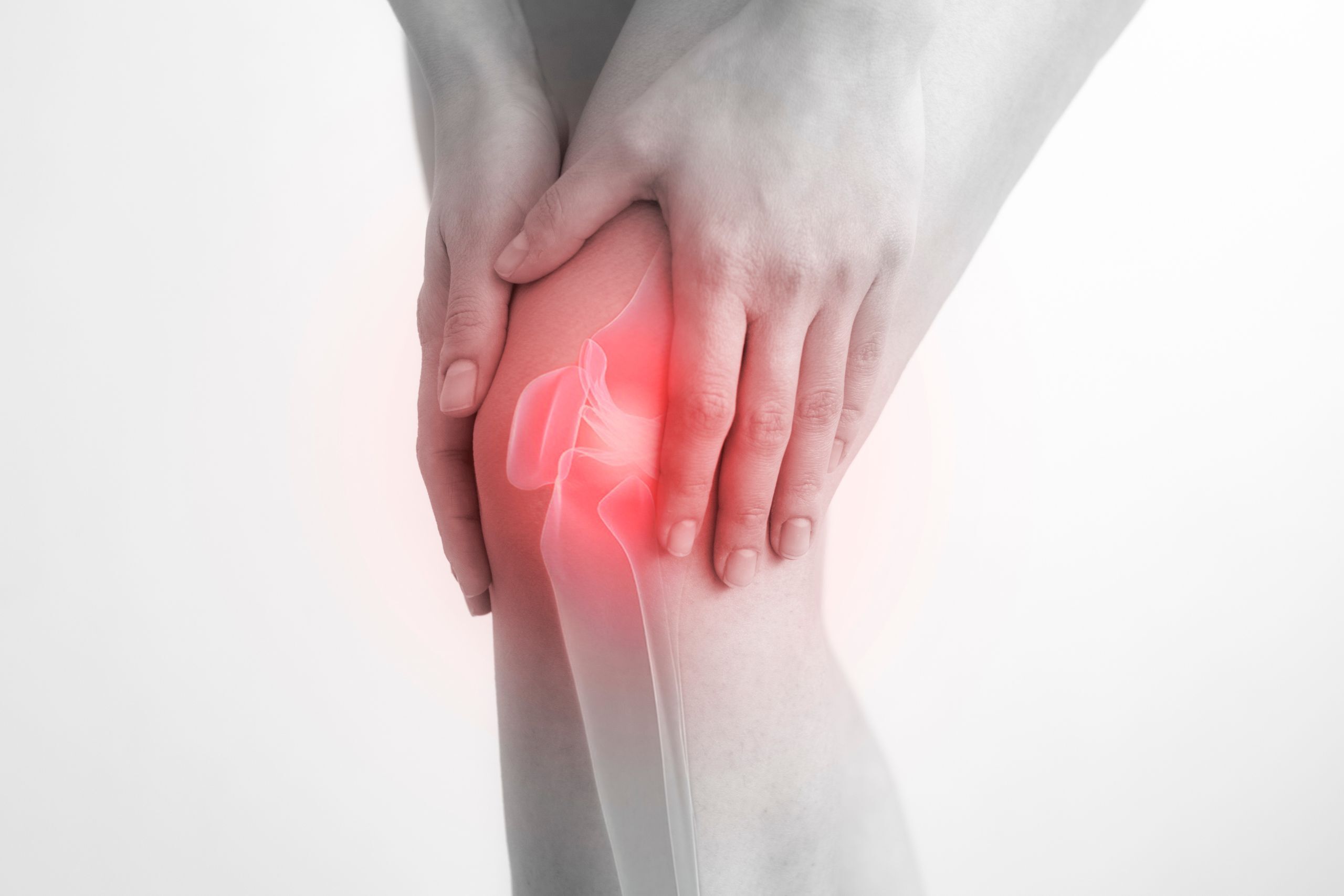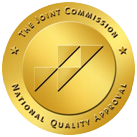
Orthopedic rehabilitation machines are highly important for helping patients recover and get better results. But it’s essential to be aware of the safety risks that come with these devices to ensure everyone gets the best and safest treatment possible. This resource page gives you a quick overview of some common therapeutic machines, like CPM machines, SCD machines, lymphedema pumps, electrotherapy and ultrasound machines, and cold therapy machines. By knowing the potential hazards and sticking to the recommended guidelines, both healthcare providers and patients can keep risks low and make the therapeutic experience even better.
CPM Machines
Continuous Passive Motion (CPM) machines are commonly used in rehabilitation to promote joint movement and prevent stiffness after surgery. While they offer significant benefits, there are safety risks associated with their use.
One major concern is improper settings, which can lead to excessive force on the joint, causing pain or injury. Related to this, patients may experience discomfort if the machine is not fitted correctly or if they have underlying conditions that affect joint stability.
Another risk is the potential for skin irritation or pressure sores, especially if the machine is used for extended periods without proper monitoring. Regular checks and adjustments are necessary to establish the patient's comfort and safety.
To mitigate these risks, healthcare providers should receive adequate training on machine operation and closely monitor patients during use while simultaneously paying close attention to any discomfort or unusual sensations reported by the patient.
SCD Machines
Sequential Compression Devices (SCD) are a great tool for preventing deep vein thrombosis (DVT) by helping to improve blood flow in patients who can’t move around much. That being said, there are some important things to keep in mind. For instance, if the device isn't fitted properly, it can put too much pressure on the legs, leading to discomfort, bruising, or even skin breakdown. Plus, SCDs shouldn’t be used for patients with certain conditions, like severe peripheral artery disease or open wounds, as this could make things worse.
Furthermore, it’s critical to be aware of the chance of machine malfunction, which can be caused by a variety of reasons and create damaging side effects from incorrect or inconsistent pressure. That’s why it’s of the utmost importance for healthcare providers, doctors, and medical professionals to thoroughly assess patients before using SCD machines, give clear instructions on how to use them, and discuss any reasons why they shouldn’t be used. The safety and comfort of patients should always be a priority, so always be sure to monitor the devices and catch complications before they progress.
Lymphedema Pumps
Lymphedema pumps are therapeutic devices designed to assist in the management of lymphedema, a condition characterized by fluid retention and swelling due to lymphatic system dysfunction.
Just like CPM and SCD machines, there is potential for improper pressure settings, which can lead to discomfort or even tissue damage. If the pressure is too high, it may cause pain, bruising, or increased swelling in the affected area. Healthcare providers should always be sure to adjust the settings of the machine based on the needs of each respective patient while also monitoring how they respond and feel during treatment. Lymphedema pumps should also not be used in patients with certain contraindications, such as active infections, congestive heart failure, or acute thrombosis. Using the device in these cases can worsen the patient's condition.
To ensure safety, it is essential that patients receive a thorough education on the proper use of lymphedema pumps. Healthcare professionals can also help identify any adverse reactions or complications early in the treatment process through consistent checks.
Electrotherapy and Ultrasound Machines
Electrotherapy and ultrasound machines are super popular in rehab settings because they help manage pain, promote tissue healing, and boost muscle function. One of the main risks is that electrotherapy can sometimes cause skin irritation or burns, especially if the electrodes aren’t placed correctly or if the settings are too high for what a patient can handle. Plus, if someone has a pacemaker or other implanted devices, using electrotherapy could be risky, so it’s essential to identify these conditions beforehand.
Ultrasound therapy comes with its own set of safety concerns as well. When not used correctly, extended exposure to ultrasound waves can lead to thermal injuries or even damage to the tissue. Patients need to be thoroughly screened for any contraindications, educated about possible side effects, and regularly checked during their sessions to ensure that everything is going smoothly and effectively.
Cold Therapy Machines
Cold therapy machines are commonly used for post-operative recovery or to help manage inflammation by delivering localized cooling that reduces pain and swelling, and while the risks are not serious, it’s obviously important to be aware of the issues that can occur. This is particularly important for patients with circulation issues or sensitivity to cold, so stick to the recommended guidelines for application time and temperature settings. To further reduce the risk of skin damage, always wear a layer of clothing between your skin and the device.
Another thing to watch out for is discomfort or adverse reactions, especially in sensitive individuals. Some patients might feel numbness, tingling, or even increased pain while using cold therapy, so close monitoring during treatment is key. Healthcare providers should make sure to educate patients on how to use the device properly, including positioning and application duration, and remind them about the importance of that protective layer.
Contact the Medcom Group for More Information
Getting a good grasp on the safety risks of different therapeutic machines is key to making the most of their benefits while avoiding any issues. If you're unsure about which orthopedic rehabilitation equipment is right for you, don't hesitate to reach out— the medcom group is here to help. Our expert team is ready to answer your questions and guide you through our range of products. Let us support you on your path to recovery!

